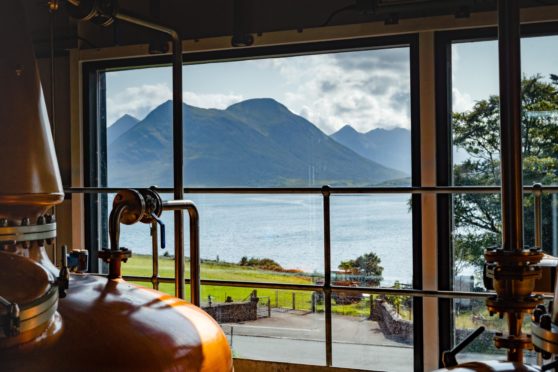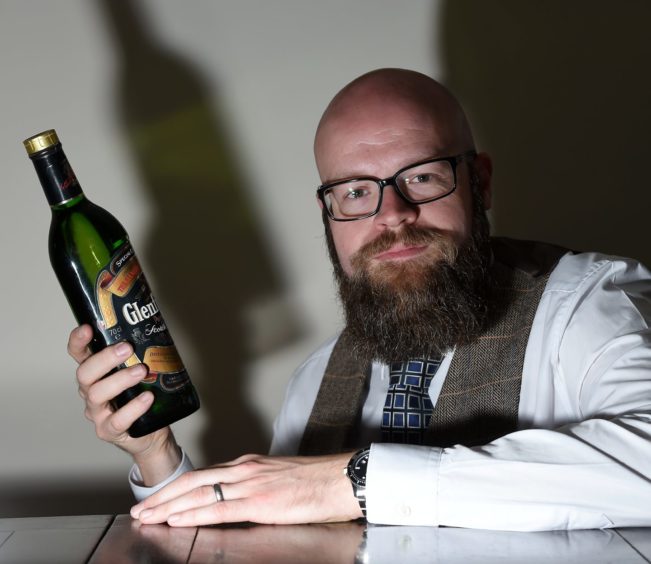Andrew Flatt is an independent whisky writer and regularly contributes to the Press & Journal’s food and drink magazine, The Menu.
The more you immerse yourself into learning about whisky, the more you will begin to appreciate that whisky is predominantly about history and provenance.
There are facts and figures to learn as well as chemical and industrial processes to understand.
But after spending time talking to hundreds of people about whisky, the one thing I can truly say is that what people love more than anything else, is learning about the faces and the places that make our national drink so special.
To be truthful all distilleries are, in essence, just whisky factories. They were designed, built and operated for the purposes of manufacturing a distilled spirit.
Raasay
It just so happens that some factories are older or perhaps more picturesque than others. Each one, however, fulfilling the same purpose. But if you have no history of your own, then what?
Sitting between Skye and the mainland, the small Hebridean island of Raasay is home to around 40 people and is probably best known as the rugged setting for the Channel 4 TV series, SAS – Are You Tough Enough?
Illicit distilling has been commonplace upon the island throughout its history (as it was in many areas throughout Scotland), but it wasn’t until relatively recently that for the first time, legal distillation has finally taken place.
The stills at Raasay Distillery first started producing spirit in 2017, and now as we approach the end of 2020, their maturing spirit can finally and legally be referred to as whisky.
The Raasay inaugural release sold out many months ago as more than 4,000 bottles were snapped up by whisky fans all over the world.
Utilising longer fermentation times to produce a fruity spirit, alongside the use of peated barley, the vision for the Raasay spirit has always been that of a rich, lightly peated spirit imbued with dark fruit flavours.
Flavour profile
It is perhaps closer to a typical older-style Islay whisky, in terms of flavour profile, than its geographically closer Highland contemporaries.
So, to go back to my question: if you have no history of your own then what?
What you can do is become master of your own destiny, taking a defined spirit profile from whiskies of the past, while linking it to a perfect location befitting of a modern yet beautiful distillery, all while recognising the impact of your location on the production and personality of the single malt you are set to produce.
Which is exactly what is happening on the island of Raasay.
Andrew Flatt is an independent whisky writer, event host and spirits reviewer based in Inverness. He was a judge for the 2020 World Whisky Awards and recently nominated for an Icon of Whisky Award as Communicator of the Year. www.AmateurDrammer.com

